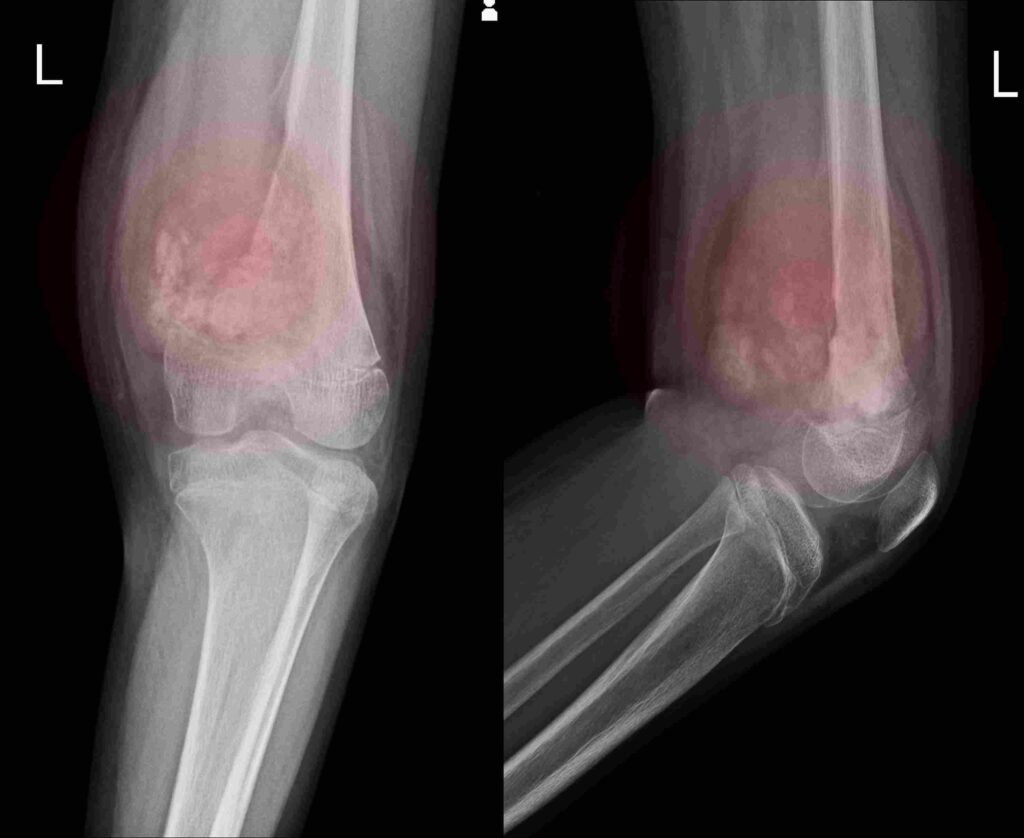Soft tissue injuries are extremely common in personal injury cases, particularly motor vehicle accidents, workplace accidents, and slip-and-fall incidents. Despite how common these injuries are, documenting them can be extremely challenging.
For this reason, it is vital to ensure you take the necessary steps to document your injuries so our Seattle injury attorney can present them when filing a personal injury case on your behalf.
Understanding Soft Tissue Injuries
Soft tissue injuries are not as straightforward as broken bones or visible wounds. They involve damage to the tendons and other soft tissues. These injuries can result from sudden trauma, such as a car accident, or from repetitive strain over time.
Symptoms of soft tissue injuries may include pain, swelling, stiffness, and reduced range of motion. While they may not always appear on diagnostic tests like X-rays, they can still significantly impact daily life and activities. This makes it vital to have strong evidence of your injuries.
Importance of Documentation
Proper documentation of soft tissue injuries is crucial for several reasons:
- Establishing Injury Severity: Soft tissue injuries may not always be immediately apparent and can worsen over time. For this reason, comprehensive documentation is vital to help establish the severity of the injury and its impact on daily life and activities.
- Proving Causation: Documentation can link the soft tissue injury to the accident or incident that caused it. This is essential for establishing liability and holding the at-fault party accountable for your damages.
- Maximizing Compensation: Detailed documentation strengthens your injury claim, increasing the likelihood of receiving fair compensation for medical expenses, lost wages, pain and suffering, and other damages.
Strong evidence demonstrating the severity of your injuries gives your car accident attorney in Seattle the best chance of proving the extent of your injuries so you can protect your rights.
Types of Evidence to Prove Your Soft Tissue Injuries
To effectively document soft tissue injuries for a personal injury claim, various types of evidence may be required:
- Medical Records: Your medical documentation is crucial for proving the existence and severity of your soft tissue injuries. This includes your hospital records, doctor’s notes, and diagnostic tests, such as X-rays or MRI scans. You should also document your treatment plans and rehabilitation reports.
- Photographic Evidence: Visual documentation, like photographs or videos, can provide compelling evidence of visible symptoms, such as bruising, swelling, or restricted mobility. Take pictures of your injury shortly after the accident and throughout the recovery process to show progression or deterioration.
- Witness Statements: Witness testimony can back up the circumstances of the accident and your symptoms and limitations resulting from the soft tissue injury. Collect contact information from witnesses who observed the accident or interacted with you afterward.
- Employment Records: If your soft tissue injury affects your ability to work or perform job-related tasks, your employment records, such as work restrictions, missed workdays, or reduced productivity, can demonstrate the economic impact of the injury.
- Personal Journal: Keep a journal documenting your pain levels, symptoms, medical appointments, and the impact of the injury on your daily life and activities. This personal account can provide valuable insight into the physical and emotional toll of the injury.
A Personal Injury Lawyer Can Help
The role of a Seattle injury attorney is crucial when it comes to documenting soft tissue injuries for personal injury claims. Lawyers often have extensive experience handling complex personal injury claims. As a result, they are well-versed in what is required throughout the legal process, including gathering and presenting evidence related to soft tissue injuries.
An experienced personal injury lawyer will work closely with medical experts to assess the extent of your soft tissue injuries and ensure that all necessary documentation is obtained. They understand the importance of thorough documentation in building a strong case for maximum compensation.
Moreover, a knowledgeable attorney can help you gather relevant medical records, bills, and reports to support your claim. They will also communicate with insurance companies on your behalf and negotiate fair settlements based on the documented evidence.
In addition, a car accident attorney in Seattle can provide valuable guidance on correctly documenting your injuries from start to finish. Their expertise and experience in handling similar cases make them critical in ensuring that your soft tissue injuries are well-documented for a successful claim process.
Call Our Seattle Injury Attorney
Our team at Bernard Law Group is dedicated to providing expert legal assistance and support for those affected by car accidents in Seattle. With over 30 years of experience and millions of dollars recovered for our clients, we are confident in securing the compensation you deserve.
Let us help you get your life back on track without worrying about payment; if we don’t win your case, you will not owe us anything. Contact our car accident attorney in Seattle today for a consultation to explore your legal options.




